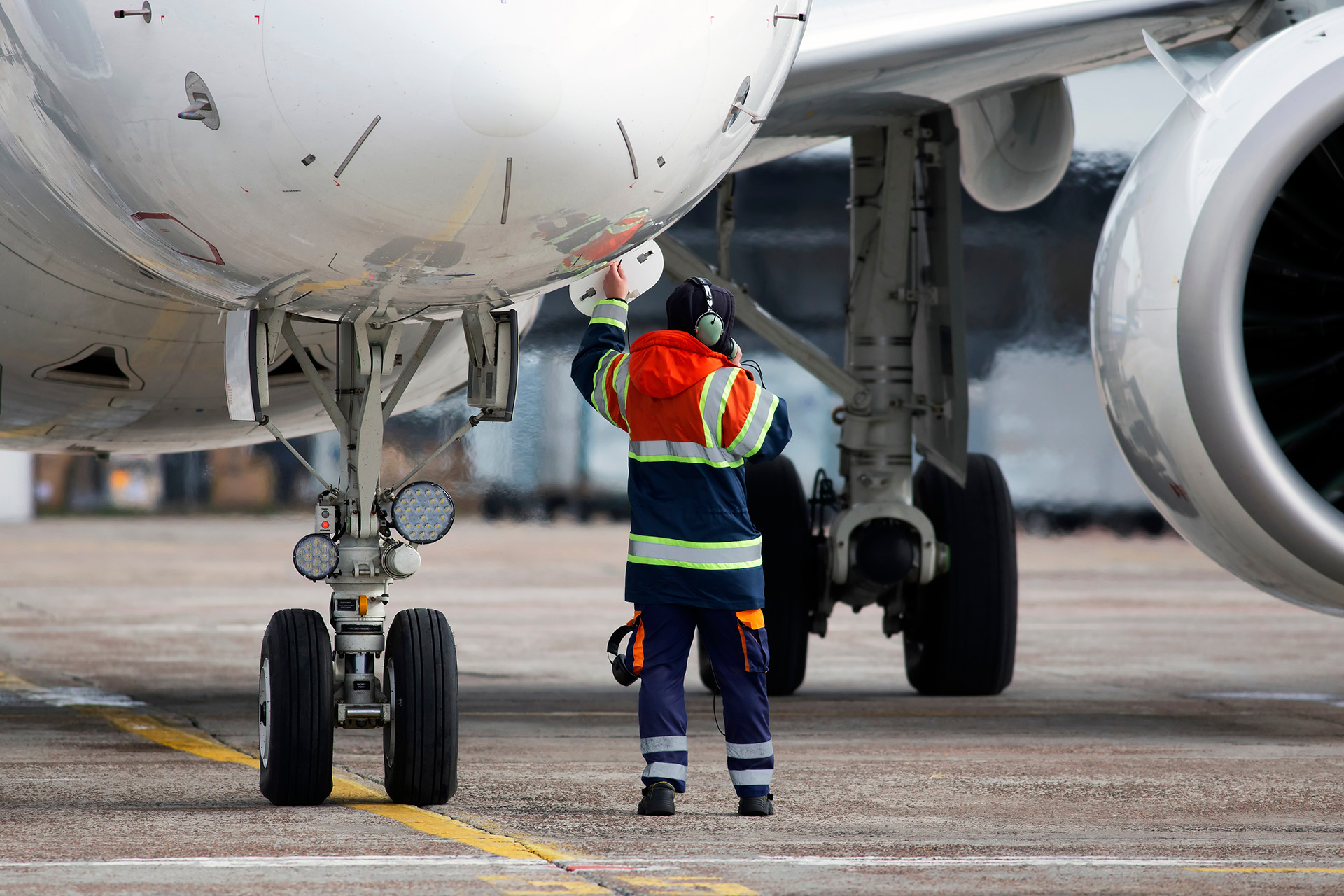Rationale
As airlines change their business operating models in reaction to changing global business environments, aircraft maintenance has become an area for review in terms of cost and availability.
The growing number of airlines without the traditional ‘in-house’ maintenance capability has increased, leading to the development of ‘niche’ business models. These new maintenance organisations are lean and do not have the level of resource or extended processes of the larger more complex organisations.
Operating in a business environment where airlines demand rapid response and short turn-round tasks, often with multiple sub-contractors, can create challenges in terms of both compliance and general performance of the engineering function. These organisations also typically support many overseas airlines, which adds to the complexity of the issue and the UK CAA’s ability to oversee in an effective manner.
We have engaged with various organisations within the maintenance industry to better understand their position, to enable appropriate actions to be defined and executed. We have released various guidance documents to ensure there is greater awareness of certain regulatory details and aspects which are unique to the UK environment.
This has stimulated a number of discussions both directly with organisations and during our industry engagement seminars. We continue to work to enhance the guidance and also continue to work with industry to ensure the regulatory framework is clear.
Outcomes
- Improved safety performance of UK based maintenance organisations which have their operations centred around line maintenance and limited base maintenance (e.g. Painting and small aircraft maintenance checks);
- Engagement with EASA and ICAO to develop a new framework within the regulations to clarify these models and ensure a level playing field across all aircraft maintenance organisations.
Actions
- To review operating models and develop policy to ensure compliance with regulations (e.g. zero hours contracts, use of maintenance data).
- To review all current organisations and apply new policy and regulations in an even and consistent manner, ensuring scope and capability of organisation is maintained in compliance with the standards.
- To revise approvals for organisations where it cannot be demonstrated that they have sufficient facilities, staff, tooling and data to carry out the scope of work.
- To update all existing organisation approval certificates in line with above mentioned policies, to ensure the wider community understands the limitations of these organisations.
- Engage with EASA and ICAO member states to develop new collaborative approach to oversight, where cross-state boundaries exist.

